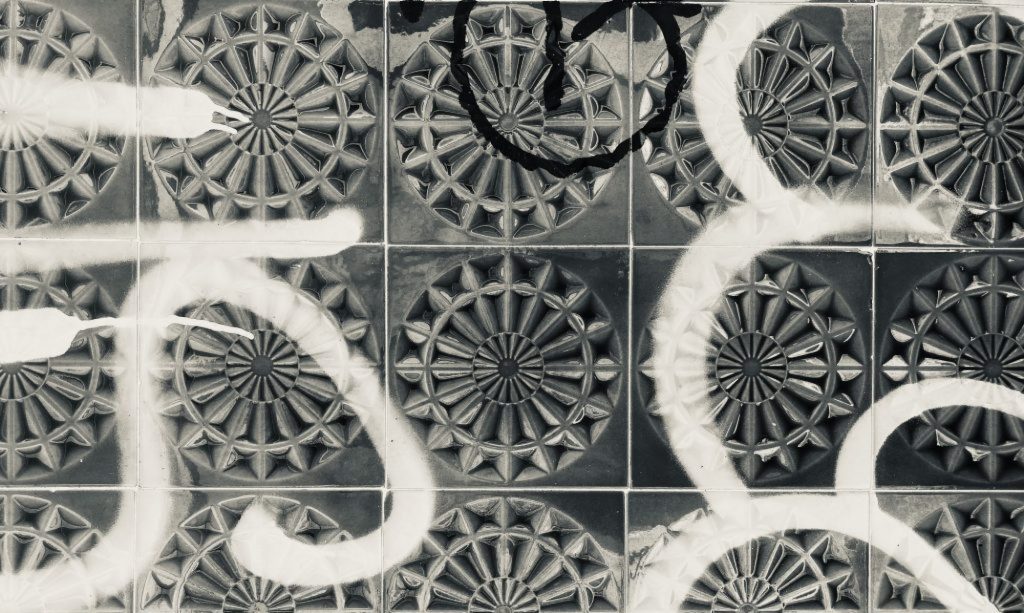Reflections on “Using Things” (Ahmed, 2019)
“Using Things” (Ahmed, 2019) is a contemplative reflection on the multifaceted meanings of “use”. Ahmed dissects “use” with precision, revealing its social, cultural, quantitative, qualitative, tangible, intangible, visible, and invisible dimensions. “Use” is not merely an action in the present but a temporal history, a biography of things (Ahmed, 2019) that offers insights into the past, present, and future dynamics of societies, cultures, and ecologies.
Ahmed also highlights how the invocation of “use” wields power, grants privilege, and carries trauma. It determines who can and cannot use something, shaping access and exclusion. She describes how colonialism is justified as using what is unused (Ahmed, 2019), illustrating how “use” can function as a tool of oppression. This perspective complicates traditional understandings of design affordances, a concept typically referenced in design education through Donald Norman (1988). Norman’s approach to use is sterile and limited, focusing on usability, feedback loops, and perceived functions of objects. In contrast, Ahmed presents use as systemic and metaphysical. People can be “used up” when the world is not built to accommodate them, and the inability to use—especially being denied use—can result in real psychological and emotional trauma.
Ahmed’s argument, influenced by her expertise in feminist and queer theory, challenges us to examine who designs, who has power and agency, and for whom the world is truly designed. This echoes the themes of Invisible Women (Perez, 2019), which exposes gender bias in data collection, leading to unjust, inequitable, and even dangerous outcomes in the design of products, services, and systems. Perez illustrates how design often defaults to the average white male as its standard, ignoring the needs of women and marginalised groups. While Norman’s work remains foundational in design education, to foster more just, equitable, and human-centred design practices, students need to engage with these critical discourses on power, exclusion, and systemic bias.
A growing concern in design education at UAL is the decline in student engagement; also critical thinking due to many factors like shorter attention spans and AI tools. Many factors contribute to this trend—too many to explore in this reflection—but one possible reason is that students may not feel comfortable stepping into these complex conversations. Activities and discussions structured around Ahmed’s framing of “use” could offer an accessible entry point, allowing students to critically engage with wicked problems in design in a more intuitive and tangible way.
References
Ahmed, S. (2019). What’s the Use?: On the Uses of Use. Duke University Press.
Criado Perez, C. (2019). Invisible Women: Exposing Data Bias in a World Designed for Men. London: Chatto & Windus.
Norman, D. A. (1988). The Design of Everyday Things. New York: Doubleday.
